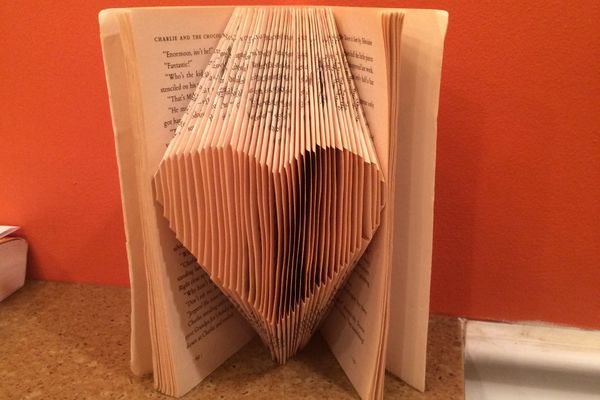Draw a clothing collection
Draw and design a clothing collection: sketch outfits, choose colors and patterns, label sizes, and create a mini lookbook to showcase your fashion ideas.



Step-by-step guide to draw a clothing collection
EASY Pattern to make kids dress! | diy dress 3-5 years old
Step 1
Pick a fun theme for your collection like space animals summer party or superheroes.
Step 2
Clear a flat workspace and lay out your materials so everything is easy to reach.
Step 3
Draw simple croquis (body outlines) on separate pages for each outfit using light pencil lines.
Step 4
Sketch the basic shape of each outfit on its croquis using simple lines for tops bottoms dresses or outerwear.
Step 5
Add clothing details like collars pockets buttons belts or shoe shapes to each outfit.
Step 6
Choose the color palette and patterns you want for each outfit.
Step 7
Color each outfit using your coloring materials and add pattern marks like stripes dots or stars.
Step 8
Write a size next to each outfit (for example S M or L) so people know the scale.
Step 9
Give each outfit a fun name and write it near the sketch.
Step 10
Write one short sentence describing what makes each outfit special or when someone might wear it.
Step 11
Arrange your finished outfit pages in the order you want them to appear in your mini lookbook.
Step 12
Assemble the pages into a book by stacking them neatly and gluing or stapling the spine.
Step 13
Design a cover with your collection title and add your name as the designer and decorate it with stickers or drawings.
Step 14
Ask an adult to help you photograph or upload your finished mini lookbook and share it on DIY.org.
Final steps
You're almost there! Complete all the steps, bring your creation to life, post it, and conquer the challenge!


Help!?
I don't have colored pencils or markers—what can I use to color the outfits?
Use crayons, gel pens, colored chalk, or watered-down acrylic/watercolor paints to color each outfit (see 'Choose the color palette' and 'Color each outfit'), testing wet media on a scrap page first to avoid warping before you assemble the mini lookbook.
My croquis and sketches smudge or pages bulge when I try to assemble the book—how do I fix that?
Let ink or paint dry fully, erase pencil helper lines from the 'Draw simple croquis' step, press pages flat under heavy books overnight, then trim edges and use a thin layer of glue with clips or a stapler when you 'Assemble the pages into a book' to keep the spine neat.
How can I change the activity for younger or older children?
For younger kids (4–6) provide pre-drawn croquis and stickers so they can focus on 'Color each outfit' and naming, while older kids (10+) can add fabric swatches, sewing details, or digital edits before 'Ask an adult to help photograph' and upload to DIY.org.
What are simple ways to make the collection more unique or advanced?
Add removable fabric swatches or small sewn trims near each sketch ('Add clothing details'), write the one-sentence outfit description as a model caption, design a decorated cover with your designer name ('Design a cover'), and photograph the pages with consistent lighting for a polished DIY.org upload.
Watch videos on how to draw a clothing collection
How To Make Your Own Dress and Dress Pattern For Beginners | Sew Anastasia
Facts about fashion design for kids
✏️ Fashion illustrators use quick 'croquis' sketches to capture poses and outfit ideas in a minute or two.
📚 A lookbook is like a mini fashion magazine that shows outfits, styling tips, and the mood behind a collection.
📏 Clothing sizes vary worldwide, so a "medium" from one brand can fit very differently from another.
🎨 Color theory helps designers choose palettes — for example, mixing red and blue gives you violet!
👗 Runway collections often include 20–50 looks, with each outfit helping tell the designer's story.
How do you draw and design a clothing collection?
What materials do I need to create a clothing collection lookbook?
What ages is this activity suitable for?
What are the benefits, safety tips, and variations for this activity?


One subscription, many ways to play and learn.
Only $6.99 after trial. No credit card required



